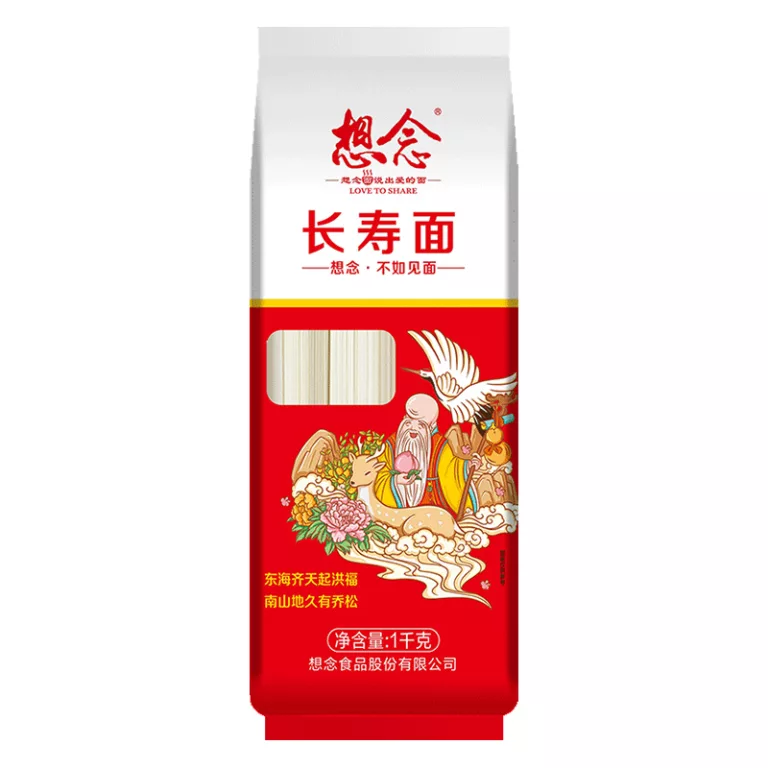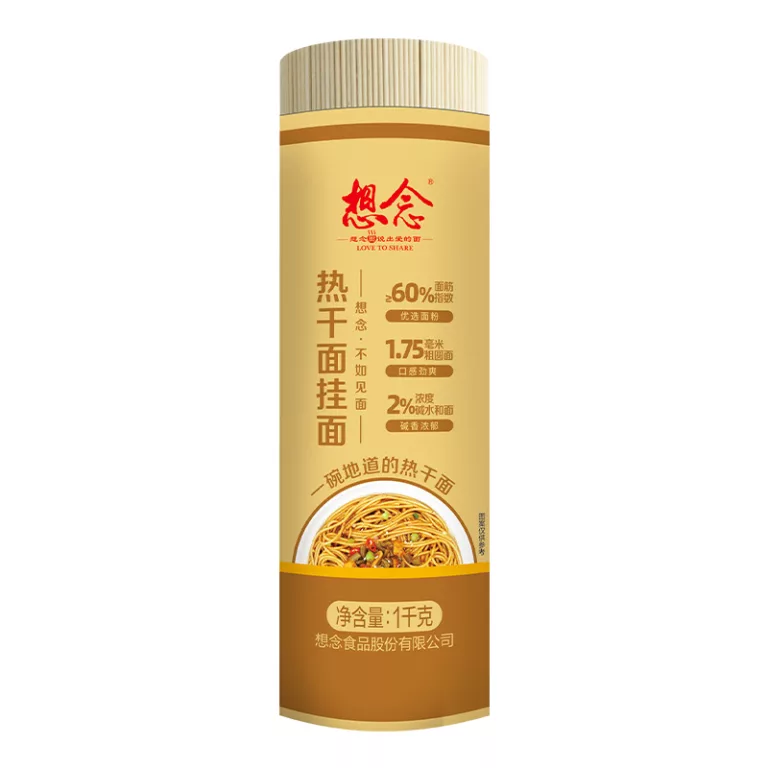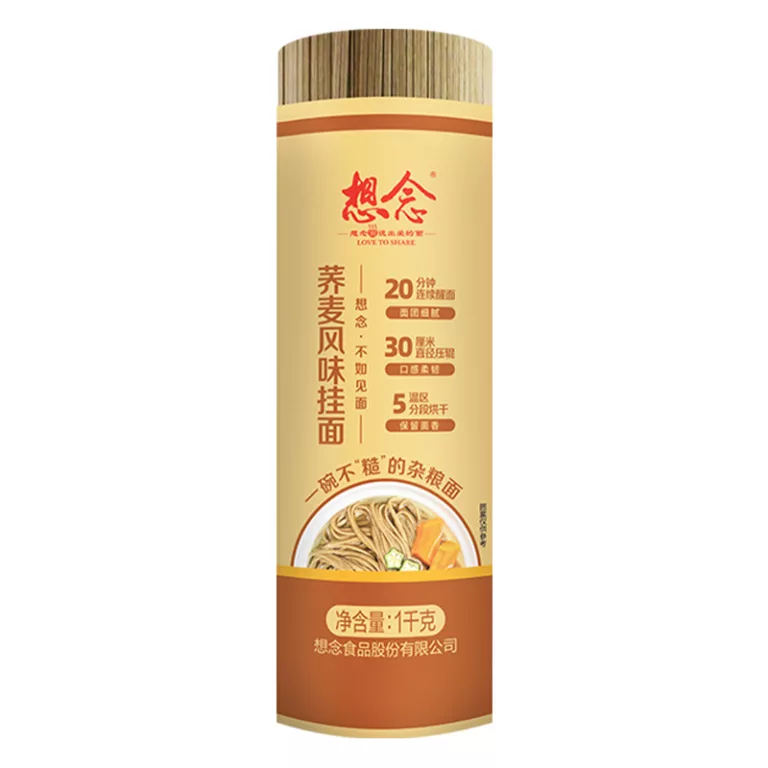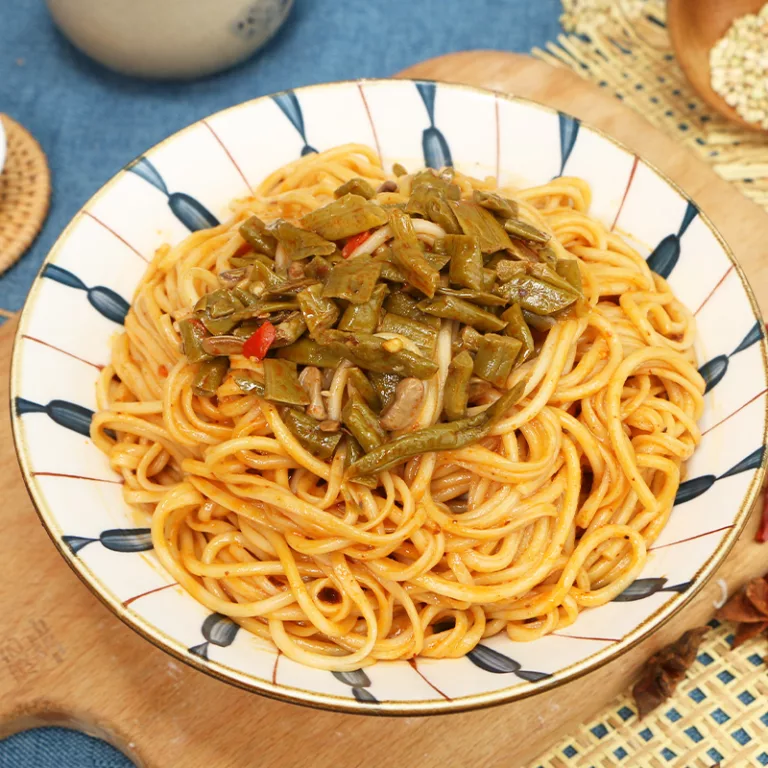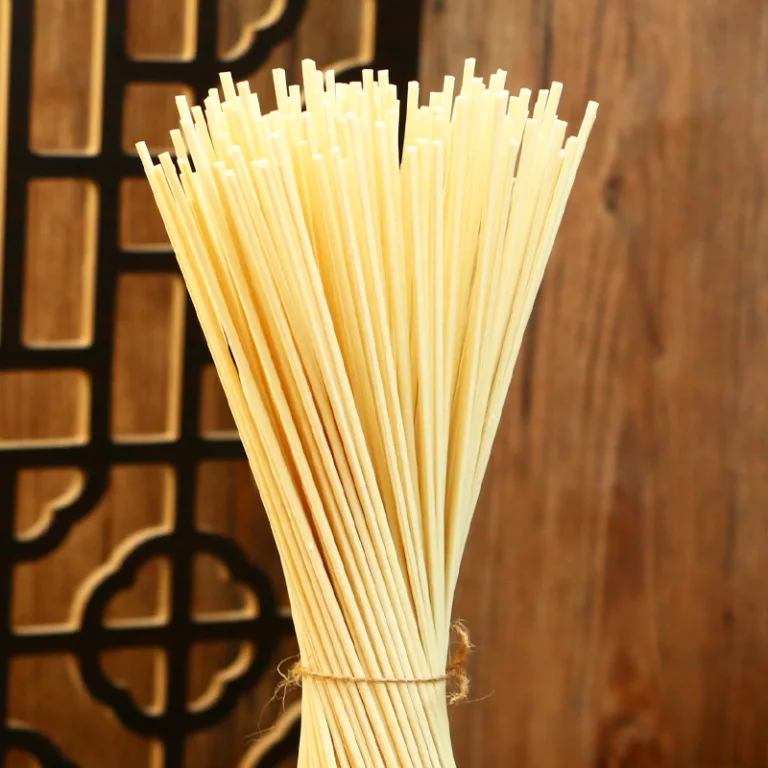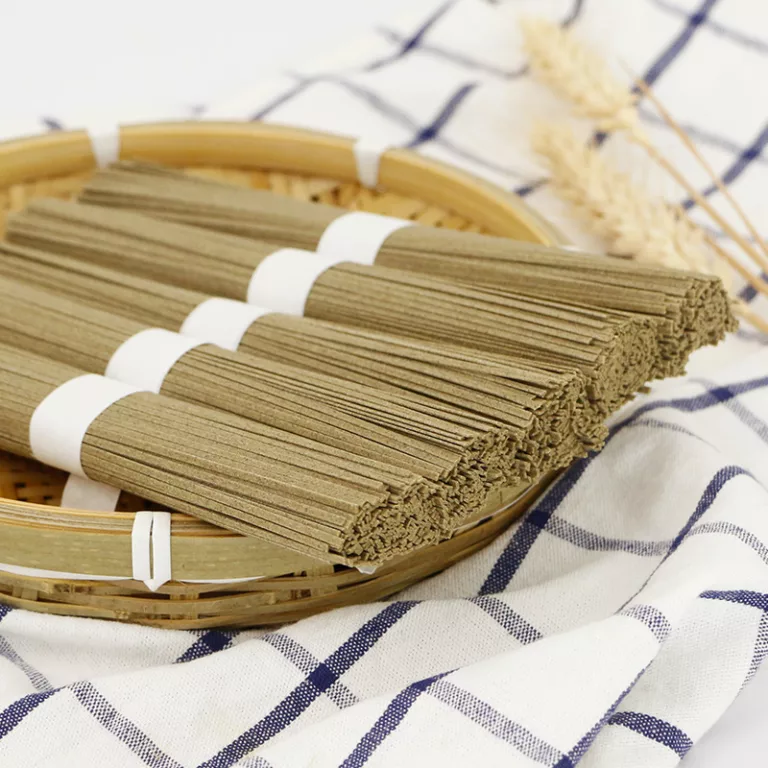Who had noodles first China or Italy?
-
zeyuan li
- February 10, 2023
Table of Contents
The Noodle Debate: Who Had Them First, Italy or China?
For centuries, food has served as a means of connection, bringing people together to celebrate, share stories, and, of course, enjoy delicious dishes. While some items are beloved by many, there are others that seem to be the subject of debate. One of those fiercely argued dishes is the ever-loved noodle. A simple staple that may not seem like a big deal, noodles have caused quite a stir in the culinary world.
At the center of the debate is the question of simple yet significant origin — who had noodles first? Italy or China? Diving into the controversy and looking at the history of noodles can help us better determine the answer to this ticking debate.
The Noodle Debate – Who Had Them First?
When it comes to noodles, the debate between Italy and China has been going on for many years. Each country has compelling evidence to back up their claims to the noodle throne.
For Italy, the evidence mostly revolves around text and cooking documents. Many have cited a recipe preserved in a 14th-century Italian cookbook as proof that Italians have been eating noodles for centuries. The recipe describes long, thin pieces of dough being boiled and served with a sauce, giving us a decent picture of what noodles might have looked like and tasted like before they became the beloved comfort food they are today.
The Chinese, however, have some powerful evidence of their own. The basis of the claim usually revolves around archeological discoveries. Research teams have been able to uncover specimens of noodles and their packaging dating back to the 4th century BC in ancient China. These artifacts provide some concrete evidence that noodles have been a part of the Chinese culinary tradition for over 2,000 years. Needless to say, China is convinced that they had noodles first and that the evidence found speaks for itself.
That being said, the origins of the noodle, and therefore who had them first, is still in dispute. While each country does have convincing evidence to suggest that they had them first, it is difficult to say for sure.
The Origins of the Noodle
The exact origins of the noodle are still up for debate, but there are some theories that help shed light on the subject. One of the most accepted theories is that noodles were created and popularized in the area known as the “Fertile Crescent”. This area included parts of modern-day Iraq, Syria, and Israel and acted as an influential trading hub.
The emergence of noodles in this area around the 8th century BC makes sense from an economic perspective. The trading hub of the Fertile Crescent allowed for easy access to ingredients like flour, a key component of noodles. Furthermore, the area may have been open to cultural exchange, allowing for the new idea of the noodle to be spread and enjoyed in different parts of the world.
The Italian Connection
Regardless of who had them first, it is widely accepted that Italy has helped to make noodles as popular as they are today. Pasta as it is recognized today appeared in Italy during the Middle Ages and quickly established itself as a favorite among the Italian population.
The rise of the noodle in Italy was due in large part to its affordability and widespread availability. Italians would often make noodles with whatever ingredients they had on hand, usually a combination of flour, eggs, water, and various other notions. This made it easy for even the poorest of Italians to enjoy the delicacy of noodles and paved the way for its popularity.
The Chinese Influence
While Italy helped to popularize noodles, it was China who developed them as we know them today. Chinese noodles come in a variety of shapes, sizes, and styles, a testament to their diverse culture. Ramen, for example, a dish that has been adopted by many cultures around the world, is quintessentially Chinese.
Chinese noodles are typically made from wheat flour (or rice flour) and water. To achieve their desired shapes, noodles can be stretched, cut, twisted, or extruded. An extrusion machine, which pushes dough through a tube, is typically used to create noodles. This pasta maker traditional to China is one of the reasons the Chinese have been able to perfect the art of noodle-making over time.
The Takeaway
The debate of who had noodles first still rages on despite the best efforts of archaeologists and food historians. While the jury is still out on the exact origin of noodles, it is clear that they have been a part of both Italian and Chinese cultures for centuries. From their humble beginnings in the Fertile Crescent, noodles have traveled around the world, delighting taste buds and bringing people together.
No matter Italy or China, it is safe to say that noodles is a delicious and popular part of many cultures. And for that, noodle fans should be thankful.


